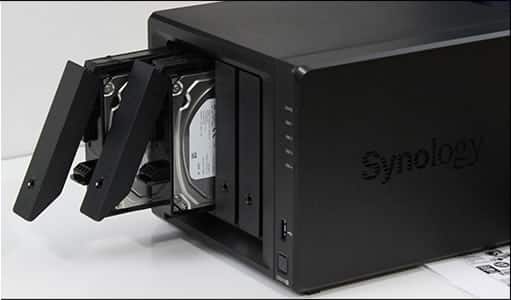How to get files off a raid hard drive | RAID Data Recovery
What does RAID Data Recovery mean?
RAID data recovery is the process of retrieving and restoring data from a RAID storage device such as NAS, Servers, SAN etc
Data recovery experts use a combination of automated and manual data recovery processes to extract and recover data from one or more RAID drives and storage components. RAID data recovery can be implemented on both hardware- and software-based RAID.
RAID data recovery is unique from the normal data recovery processes as the RAID storage architecture uses a unique and complex method of storing and extracting data. RAID data recovery can be for any of the RAID levels, some of the most common include RAID 0, Raid 1, Raid 5, Raid 6, Raid 10, Raid 50, Raid 60, Raid 5E, Raid 5EE. Raid Failure is usually caused by:
- Faulty hard disk
- Faulty controllers
- Data overwritten
- Application/software corruption
- Reformatting
RAID recovery generally requires reconstruction of all RAID storage arrays to original or last known good settings and configuration. The individual/software must know the RAID configuration at the hardware, software and firmware level to successfully retrieve data. Identifying the correct RAID array is an essential part of the RAID recovery process.
Since raid is very delicate, it’s not advisable to attempt to recover without the necessary skills, this is because any mistake or wrong rebuilding could render the data unrecoverable. Images of all the disk should be taken before attempting anything. For raid cases, it’s best to consult a data recovery expert.



